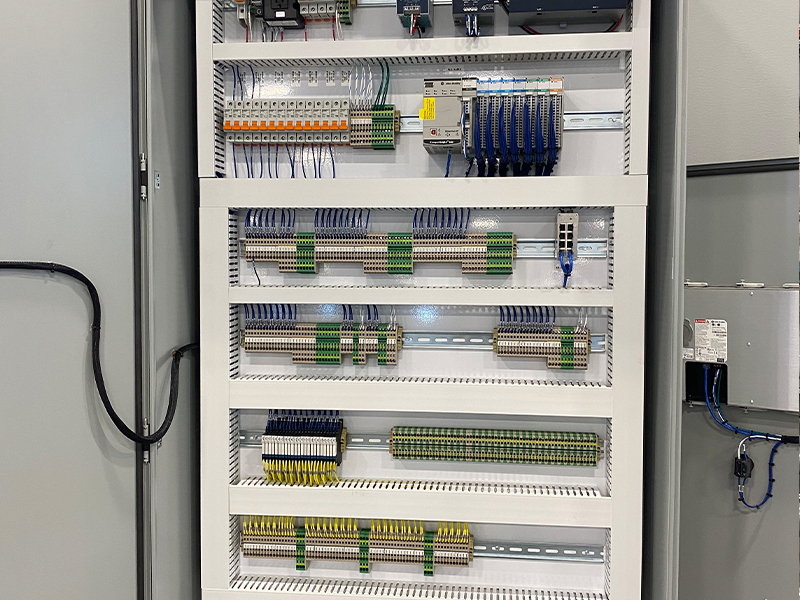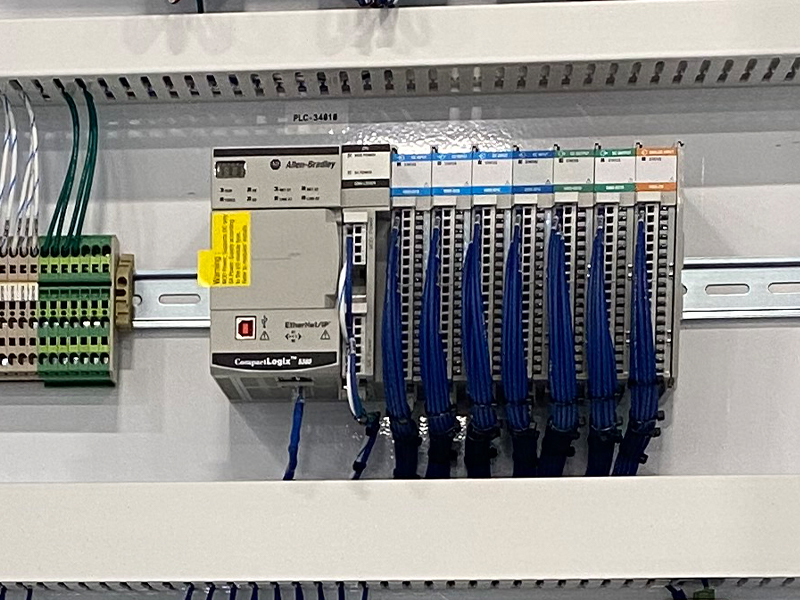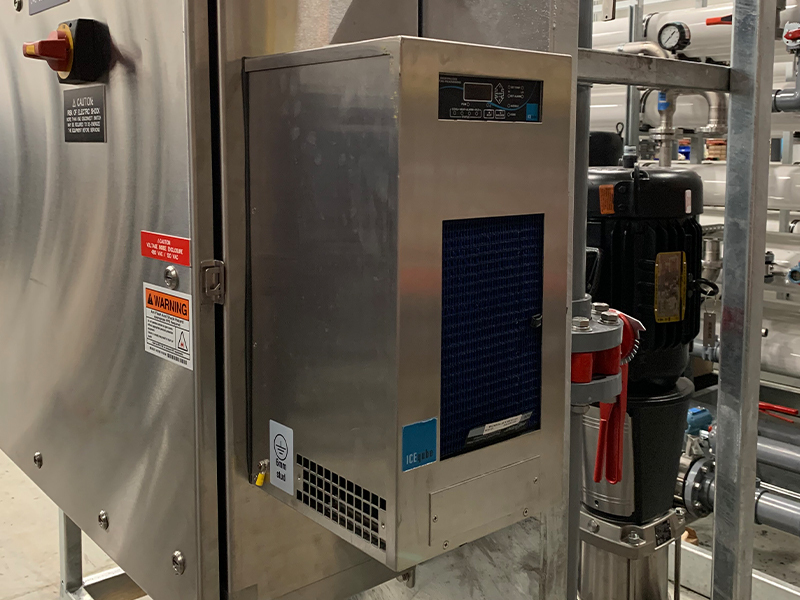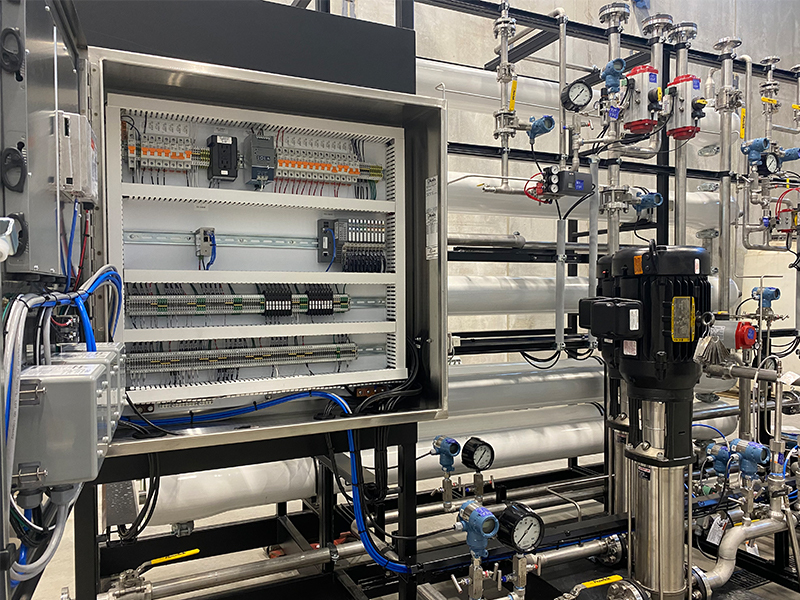Programmable Logic Controllers (PLCs) are industrial digital computers that were adapted to control manufacturing processes, such as assembly lines, robotic devices or any activity that requires high reliability, ease of programming and process fault diagnosis. The first PLC system was installed at a General Motors manufacturing plant in the early 1970’s, which allowed for a more proficient way to modify the assembly line for ever-evolving car designs. Prior to that installation, the control of equipment was based largely on relay logic. Anyone who has had to support a relay logic system knows that the PLC, as well as Programmable Automation Controller (PAC), saves significant space, as well as installation time. Previously, the PLC relay systems needed to be installed in a certain order, and “on the fly” changes required rewiring of the entire system, which could involve many hours of downtime. Today, PLC/PAC systems can be changed while the system is in production with a couple of keystrokes and mouse clicks with almost zero downtime.
Along with the PLC/PAC, the Human-Machine Interface (HMI) as well as other devices, such as circuit breakers, relays, push buttons and lights make up the ‘Central Nervous System’ of most manufacturing equipment. The longevity and reliability of the control system components comes from the quality and proper installation of the parts. Certain manufacturer parts have required installation orientation and free space to ensure proper cooling and to make sure they last to their full lifespan.
Proper Installation
There are several factors that will make a difference in the life of any control system. The system must be designed using the required free space for each device, device orientation and for the environment in which it will be operating. Free space, orientation and heat dissipation requirements are easily found in the technical specifications document for the given device.
- Free space: The free space for the device will help in cooling. If the device operates at the manufacturer-recommended temperature, it will have a better chance of operating to its design life span. This free space distance requirement may change based on the site conditions as well, since they could impact the temperature inside the control enclosure. The warmer the operating environment is, the more, free space that may be required.
- Orientation: Some devices in the control system can be mounted upside down, right side up or anything in between. Other devices have orientation requirements that need to be followed.
- Environment: After calculating the heat dissipation of the control panel, based on the size and the parts of which it is comprised, additional heating or cooling may be required to maintain the part manufacturer’s specifications. This can be achieved using a variety of different enclosure cooling or heating devices determined by information that is discovered during the system design.
System Upgrades
The useful life of a control system is usually shorter than the useful life of filter/softener vessels or Reverse Osmosis (RO) membrane housings that they control. The controls could become obsolete or at the manufacturer’s end of life and discontinued before any mechanical parts. There are many options to upgrade the controls on a machine instead of replacing it. Upgrades are best if they are completed by a company that has experience with the system that is being upgraded. There is a greater chance for a better operating system and a lower initial cost because of their experience with the system operations.
Contact us today for more details on control system options and upgrades.
 The free space for the device will help in cooling. If the device operates at the manufacturer-recommended temperature, it will have a better chance of operating to its design life span.
The free space for the device will help in cooling. If the device operates at the manufacturer-recommended temperature, it will have a better chance of operating to its design life span.  The orientation of some devices in the control system can be mounted upside down, right side up or anything in between. Other devices have orientation requirements that need to be followed.
The orientation of some devices in the control system can be mounted upside down, right side up or anything in between. Other devices have orientation requirements that need to be followed.  Based on the size and the parts of the system, additional heating or cooling may be required to maintain the part manufacturer’s specifications. This can be achieved using a variety of different enclosure cooling or heating devices. The above is picture with an air conditioner.
Based on the size and the parts of the system, additional heating or cooling may be required to maintain the part manufacturer’s specifications. This can be achieved using a variety of different enclosure cooling or heating devices. The above is picture with an air conditioner. 
